GPT-5: The AI That Just Gets Stuff Done?
GPT-5 as a product that’s not about winning every benchmark but about being usable, accessible, and agentic.
Finally, GPT-5 is out after nearly 2 years.
Sam Altman said,
We will give intelligence into the hands of people. It is like PhDs right in your pockets.
But did the hype really stand out?
Elon, for example, tweeted that,
“Grok 4 Heavy was smarter 2 weeks ago than GPT5 is now…”
On humanity’s last exam benchmark score, GPT-5 still lags behind Grok-4.
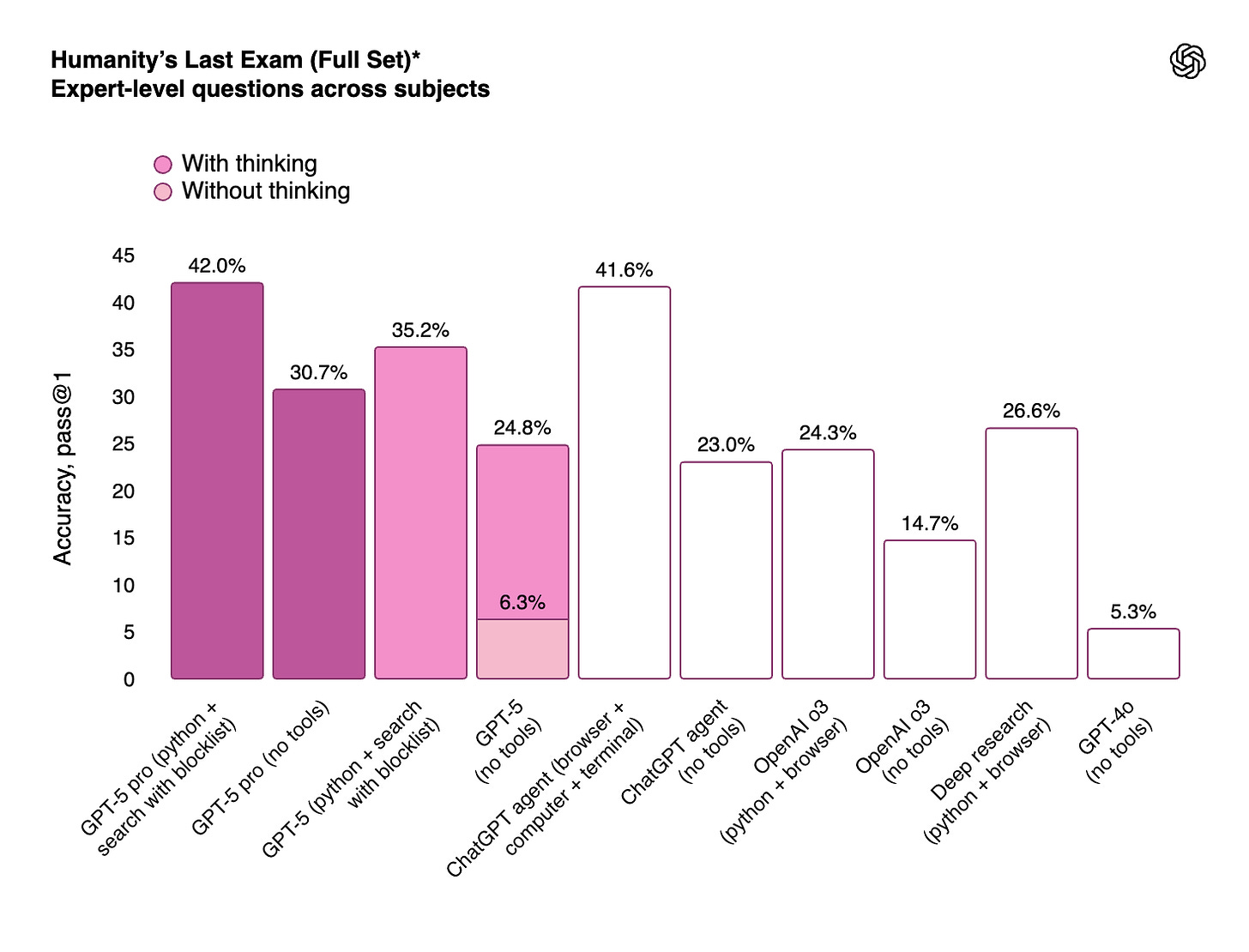
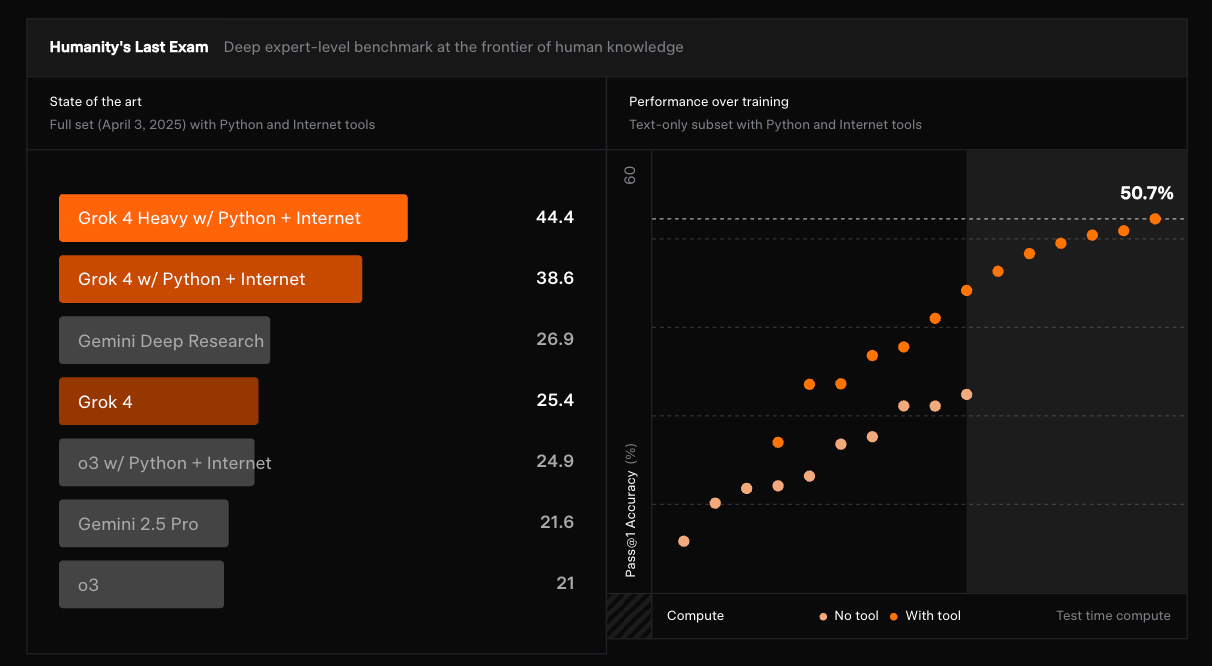
These reactions and scores tell us one thing, GPT-5 isn’t about winning every benchmark. Its strength lies in making advanced AI capabilities usable, consistent, and available to a much broader audience.
From Chatbot to Productive Partner
Compared to GPT-4 and GPT-4o, GPT-5 feels less like a chatbot and more like a colleague who rolls up their sleeves and gets things done.
Ethan Mollick captured it neatly: “It Just Does Stuff.” Even Swyx, who got early access to GPT-5 writes that,
I think GPT-5 is the closest to AGI we’ve ever been. It’s truly exceptional at software engineering, from one-shotting complex apps to solving really gnarly issues across a massive codebase.
I wish the story was that simple. I wish I could tell you that it’s “just better” at everything and anything. But that wouldn’t be true. It’s actually worse at writing than GPT-4.5, and I think even 4o. In most ways, it won’t immediately strike you as some sort of super-genius.
With GPT-4, interaction often meant refining prompts, nudging for context, and stitching together outputs yourself.
GPT-4o sped things up, but still operated largely within the chat paradigm. GPT-5 changes the dynamic a bit. It plans before it responds. And mostly [if the prompt is good] it gets things done in zero-shot prompting.
It builds on the speed and multimodal fluency of GPT-4o, the creative and vibing characteristic from GPT-4.5, and the reasoning capabilities from the o-series. Not to forget agentic capabilities from Deep research.
It has a personality of its own. A personality of an agent that gets things done. Simple or complex.
It is a great product to use. Why? IMO, one major reason is that I don’t have to pick models now.
Till yesterday, I was constantly changing models to assist me in research, learning, coding, and writing. Now, it automatically chooses which tasks or prompts need longer thinking time than those that don’t.
Although it has not been revealed how the model distinguishes between quick responses and long and heavy ones, but it is okay. Not good but okay.
If you want the model to think longer, just add “think longer” to your prompt, and it will start thinking longer.
You also get an option to pick two more models, thinking and pro.
I think this eliminates one major barrier now, especially for free-tier users. That is, accessibility.
Users can now use reasoning models and see for themselves how GPT-5 performs on complex tasks. Yes, there are token limitations for free tier users, but they will still have GPT-5 nano when they hit their limit. Meaning, they can continue to use a version of GPT-5.
And this is important because many still don’t know how prompting works.
Yes, that's true.
And I think it is a skill that you develop. The more time you spend on this product, the better you get at prompting.
“…if you can’t make the model do it, that’s your fault, it’s not the model’s fault” — @bobmcgrewai
This isn’t to say GPT-5 leaps ahead in every metric. Benchmarks like ARC-AGI-2 still show Grok-4 is better than GPT-5. But usability isn’t always measured in scores.
GPT-5 is more affordable than Grok-4 and Anthropic’s Claude Opus 4.1, and in many cases undercuts Google’s Gemini models.
This pricing strategy, especially with the low-cost Mini and Nano variants, shows that OpenAI is actively working to reduce token costs and make high-capability AI accessible to a wider audience.
Agentic Capabilities That Enable Real Work
GPT-5 has an agentic personality. It plans, sequences steps, uses tools, acts, and then provides a response.
Prompting a model is no longer just typing a question. With GPT-5, it is more like directing an agent or even a set of agents. Your prompt needs to be well-thought-out and logically aligned. It should be clearly structured so the model can move forward, gather the right information using its tools, and then build the product for you.
Your prompt must be well-thought-out and logically aligned. It must be clearly structured. Check out the anatomy of a GPT-5 prompt in the image below.
OpenAI ships GPT-5 in three variants:
gpt-5: handles deep reasoning and complex, multi-step problems.gpt-5-mini: offers a balance of speed and accuracy.gpt-5-nano:optimized for lighter, faster queries and used as a fallback for free-tier users once their main GPT-5 allocation is finished.
Developers also have new control knobs. verbosity adjusts how much detail GPT-5 returns. reasoning_effort lets you choose how much thinking it does before answering.
This combines tool calling, reasoning, and retrieval in one loop. Whether it is querying APIs, parsing documents, or building a prototype, GPT-5 can chain these actions together autonomously and deliver a finished result.
Concrete Capabilities in Action
GPT-5’s strengths show most clearly when it is put to work. In coding, it can create a functional app in a single pass, refactor thousands of lines of legacy code, and debug issues across a large codebase without losing track of dependencies.
In my own testing, I built a simple habit tracker, and it worked without major fixes.
In the demo, Michael Truell, Co-Founder and CEO of Cursor, handed it a problem, and it navigated the code, suggested changes, and explained the reasoning behind them. He even said that the GPT-5 understood why the Cursor team implemented a new security feature.
Its reasoning abilities are stronger as well. GPT-5 can follow multi-step logic with better context retention, which means fewer repeated clarifications and more consistent results. Tool use is more reliable, with fewer execution errors during long task chains.
The model’s multimodal capabilities have also improved. It can interpret diagrams, charts, or photos and turn them into structured, actionable outputs.
In enterprise settings, GPT-5 can run customer support workflows, draft detailed business reports, and connect multiple APIs to form integrated systems. These are all working within a single workflow. Essentially, moving from gathering data to analyzing it to producing the final output, without you having to stitch the steps together.
Utility-Driven Benchmark Gains
GPT-5’s improvements are not just visible in demos; they show up in the numbers that matter for day-to-day work. One of the most significant is hallucination reduction.
In OpenAI’s internal testing, GPT-5 produced 45–80% fewer factual errors than previous models. For businesses, that means fewer QA cycles, less time spent double-checking outputs, and greater trust in the results.

It is also more efficient. On reasoning-heavy tasks, GPT-5 can produce comparable or better answers using 50–80% fewer output tokens than o3. This reduces costs for high-volume workloads and speeds up responses, especially in production environments where every token counts.
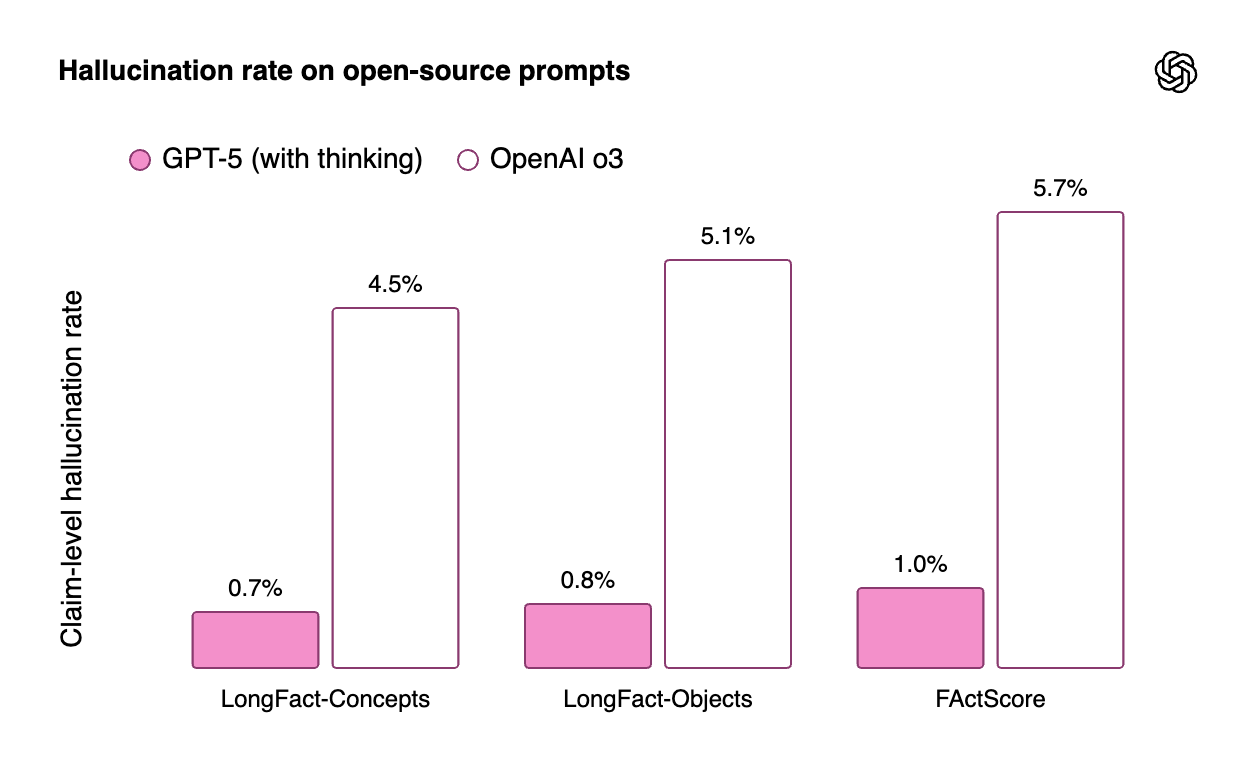
Some benchmarks highlight why these gains matter in practice. On Tau2-bench, which tests complex tool use, GPT-5 reached 96.7%, showing its reliability in chaining multiple steps and recovering from errors.
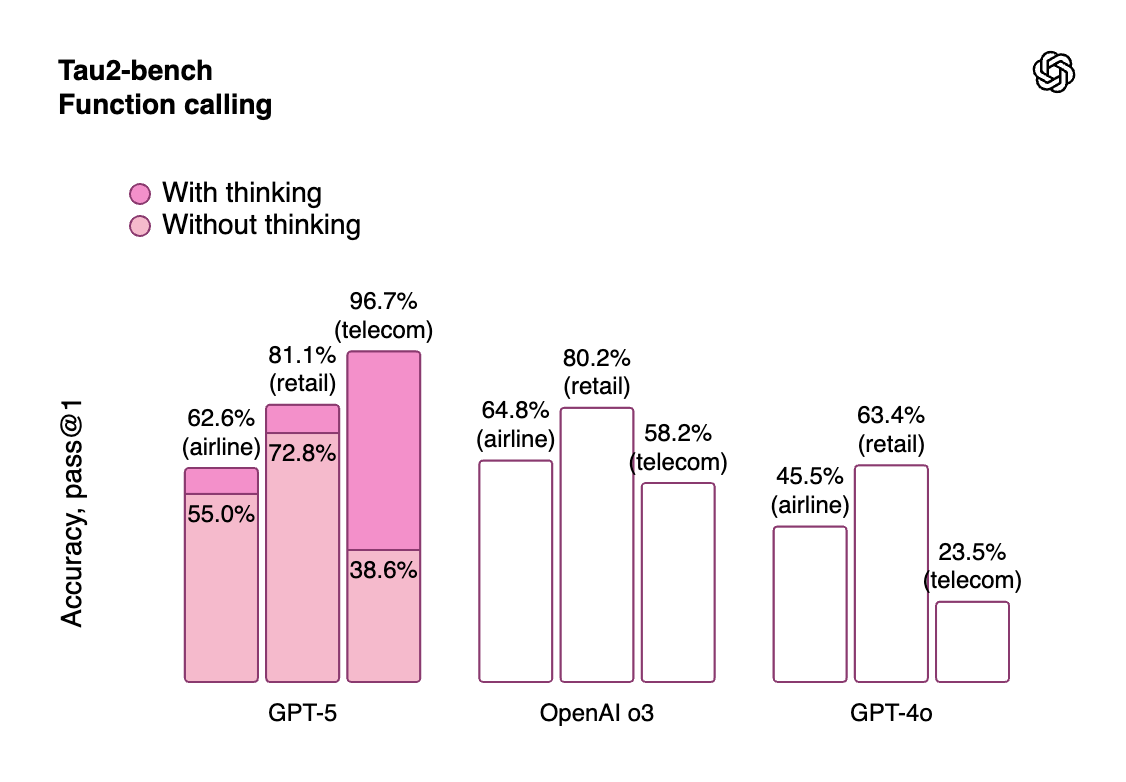
Internal OpenAI evaluations also show improved performance in multimodal synthesis, combining text, image, and structured data into coherent outputs.
GPT-5 can think longer without losing context, use tools more effectively, and deliver results that are both cheaper and more trustworthy to deploy at scale.
GPT-5’s Place in the AI Ecosystem
GPT-5 is less about a single, dramatic leap and more about refining what makes AI usable. It is more than an intelligent model, but more of a usable product. I remember in the Training Data podcast, Brad Lightcap, COO of OpenAI, mentioned that it was not intelligence that triggered the change, but rather a product. People were using GPT-3.5 in a UI, and they were enjoying it.
And GPT-3.5 was not a perfect model. It is the same today as well.
GPT-5 does not top every leaderboard, but it makes advanced capabilities easier to access and integrate into real work. Like Sam Altman said, “... it's like having a team of PhD-level experts in your pocket.”

On benchmarks, Grok 4 still leads in raw reasoning on ARC-AGI-2, scoring around 15.9% compared to GPT-5’s ~9.9%.
Claude 4.1 remains competitive in reasoning accuracy, but it is slower in executing tool-based tasks.
Gemini stands out in multimodal understanding, yet it lacks GPT-5’s ability to integrate those skills into agentic workflows that plan, act, and deliver.
Where GPT-5 differentiates itself is in consolidation. OpenAI has packaged reasoning, tool use, multimodal processing, and speed into a single model. This removes much of the “model picking” friction from earlier releases.
Users no longer have to decide whether they need the fast model or the reasoning model; GPT-5 handles that choice internally.
And we know how good OpenAI is at marketing and creating hype around their products. Naturally, users will pick GPT-5 over any other model. That’s why it's ranked number two in the App Store under productivity.
GPT-5 positions itself as the model most people will actually use day-to-day. It may not always be the smartest in the room, but it is often the most ready to get the work done.
The Everyday Power of ‘Just Doing Stuff’
GPT-5’s most important leap is not a record-breaking benchmark score. It is something that will still help you write the first line and complete the last line. It will never be perfect, but it will be there in your pockets. All you should know is how to ask the right questions.
In my experience with OpenAI, older models rarely disagree with you. They will only appreciate your work. But that isn’t right. If your prompt is thoughtful, then it will provide you with critical feedback to improve.
With GPT-5 you describe the goal, and it figures out the steps, calls the tools, and delivers something you can use.
It is worth trying in your own context. Give it a task that usually takes hours, like planning your investment portfolio, planning your marathon diet and exercise, or making your personal website. Watch how it approaches the problem.
Think in phases, not single prompts, so the model can plan, gather, and act. The more you work with it in this way, the more it feels like a capable partner rather than just a conversation engine.
GPT-5 is not flawless. Its creative writing still trails GPT-4.5 and even 4o, and it will make mistakes. But for many practical uses, it is faster, more reliable, and more accessible than before.
If I were to define GPT-5 in one word, it would be “approachable”.




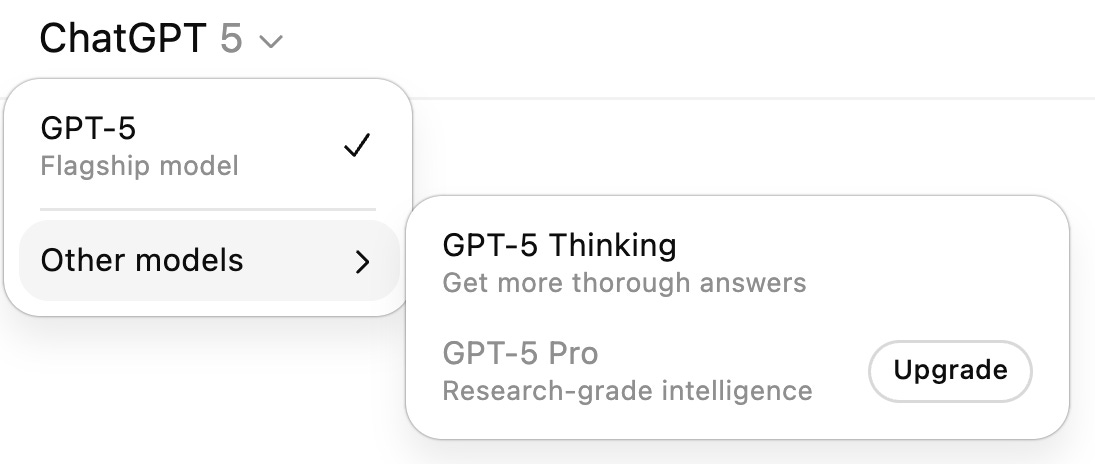
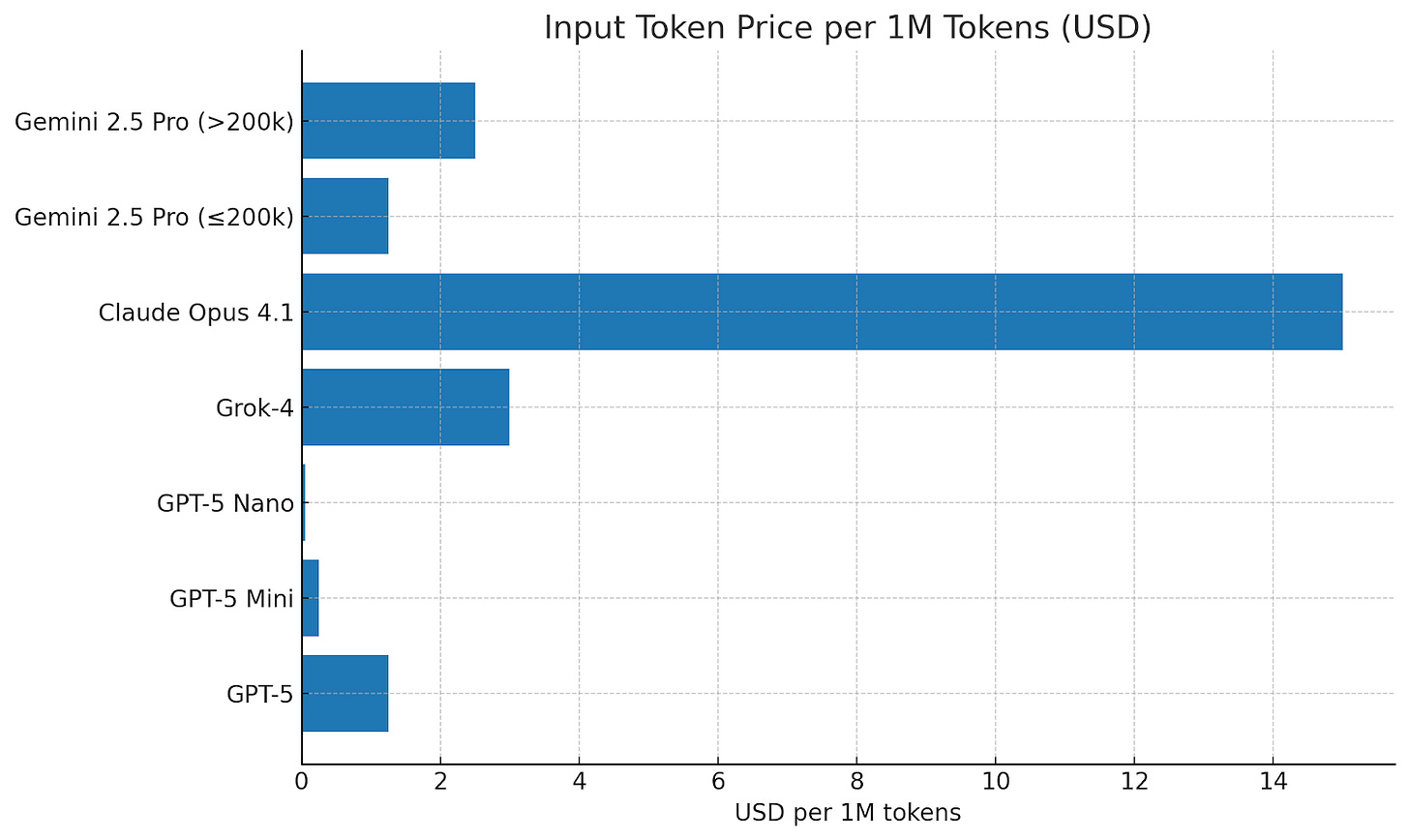
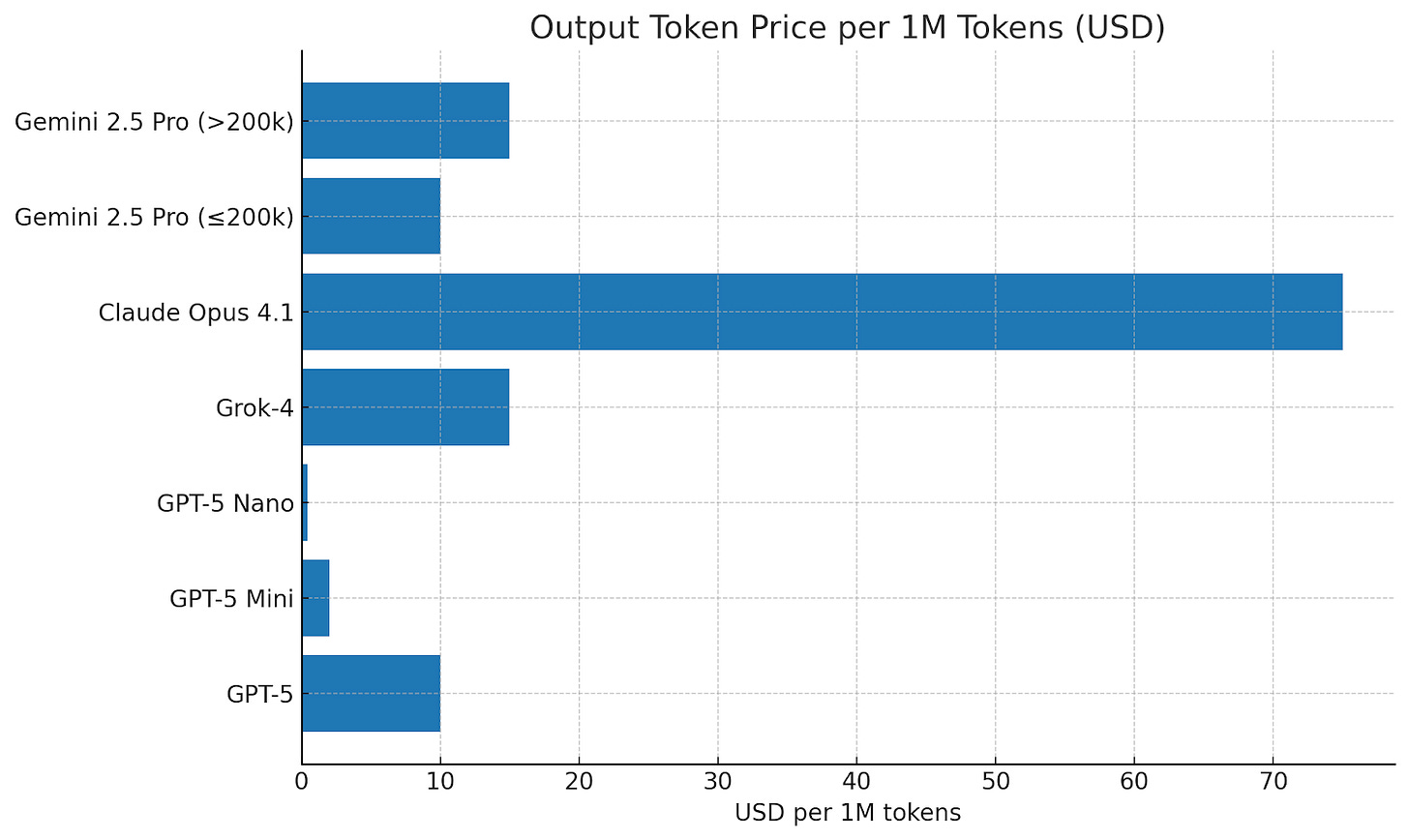
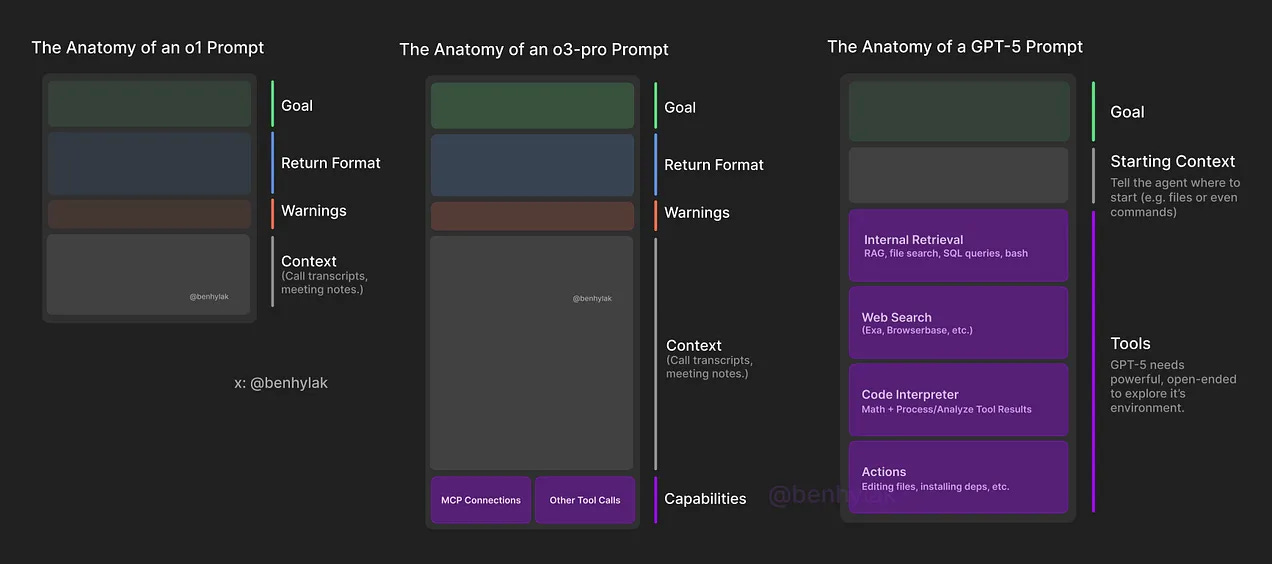
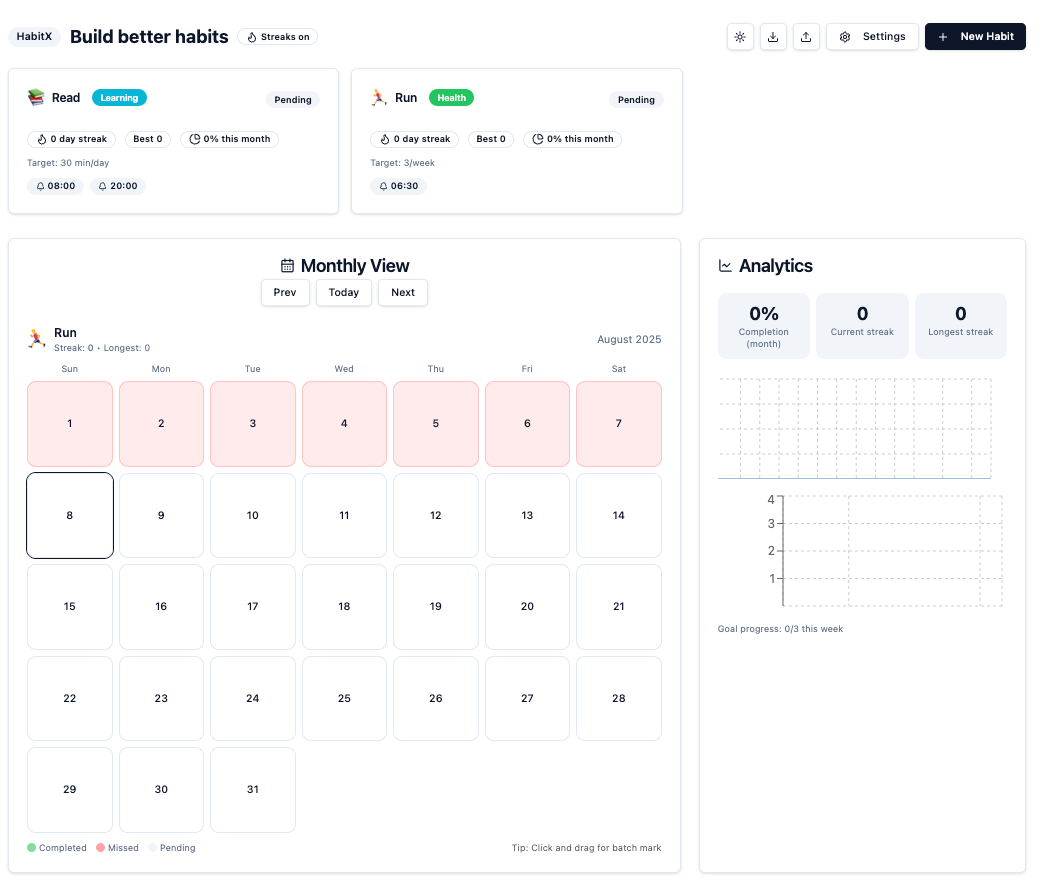
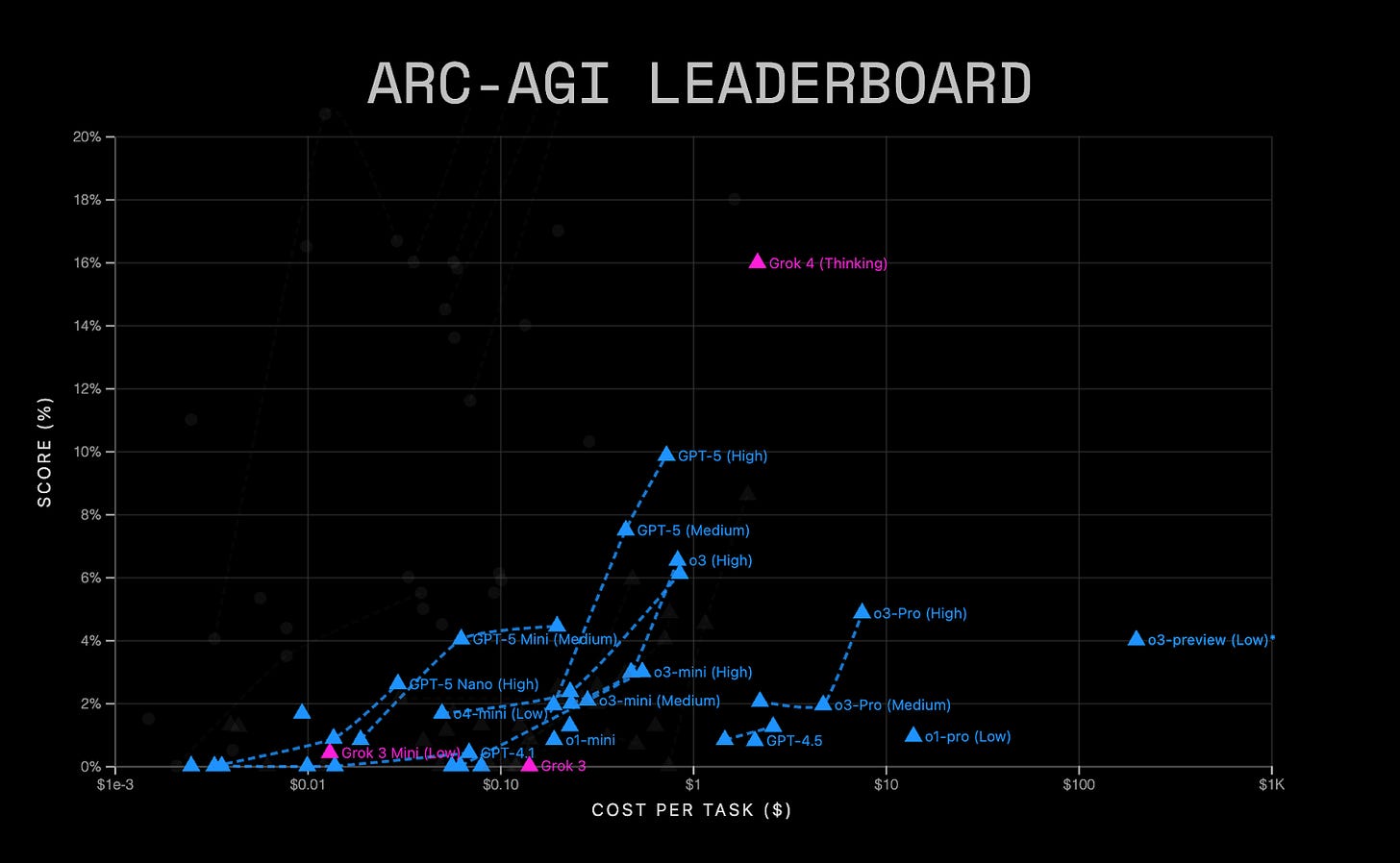
My Posts are better GPT 5